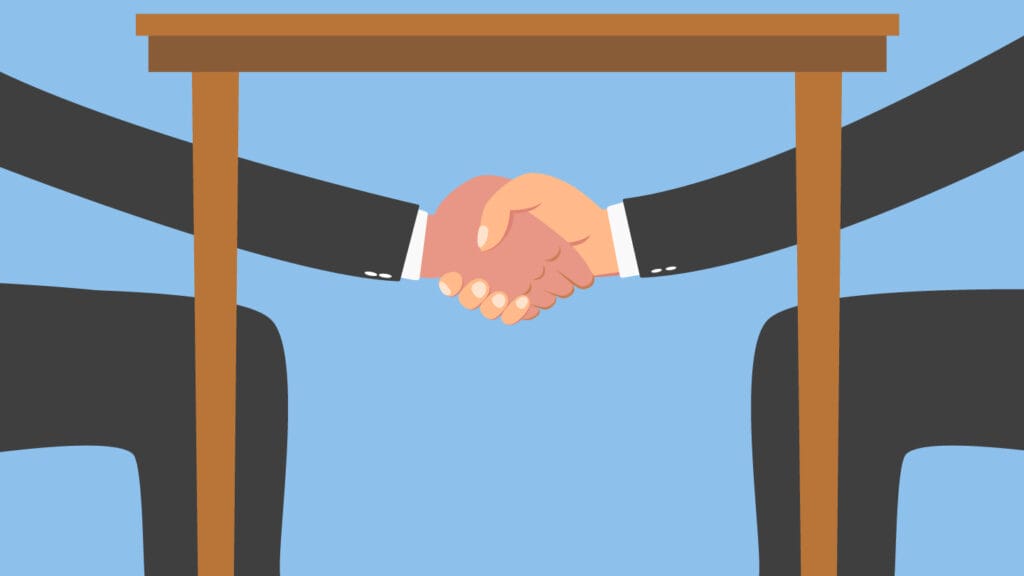
Residents living in rural America have the highest percentage of disabilities requiring personal care but have the least access to it. That is the finding of a recent report published in Health Affairs.
The report found rural areas in South and South Central-states, as well as the Pacific Northwest and Maine had the highest percentage of adults with self-care disabilities, ranging from 3.9% to 8.7%. However, those regions had the lowest percentages of personal care aides per 1,000 adults. The states with the largest care gaps included Mississippi, Alabama, Florida, Georgia, North and South Carolina, Arkansas and Maine. Parts of Washington State and New Mexico also had significant caregiver gaps.
The researchers noted in the report that public policy likely played a role in the disparities.
“Seven of the twelve states that have not expanded Medicaid are clustered in the southern US, where there are large rural populations who can potentially benefit from expanded Medicaid coverage, especially if it includes expansion of long-term services and supports that included home and community-based services,” the report stated.
The researchers also suggested that low wages also played a significant role in the dearth of home care workers in those areas. The average wage for personal care aides is between $10 and $12 an hour. As a result, 19% live below the poverty line compared to 6.8% on average for people working in all other occupations. The report noted that caregivers living in rural areas also lacked access to reliable public transportation, making it difficult and more expensive for them to reach patients.
The report urged policymakers to get creative in finding solutions to the caregiver shortage, including increasing wages, providing retention bonuses and compensating workers for travel and travel time.
The American Rescue Plan Act (ARPA) included a 10% increase in the Federal Medical Assistance Percentage for states to spend on home and community-based services.
Some states have also been using federal relief funds to give bonuses to frontline workers, including home care providers, during the COVID-19 pandemic. Earlier this week, Minnesota announced it will be providing nearly $500 in bonuses to more than one million frontline workers. New York also included $1.2 billion in bonuses for frontline healthcare workers and a $3 hourly wage bump for home health aides.



